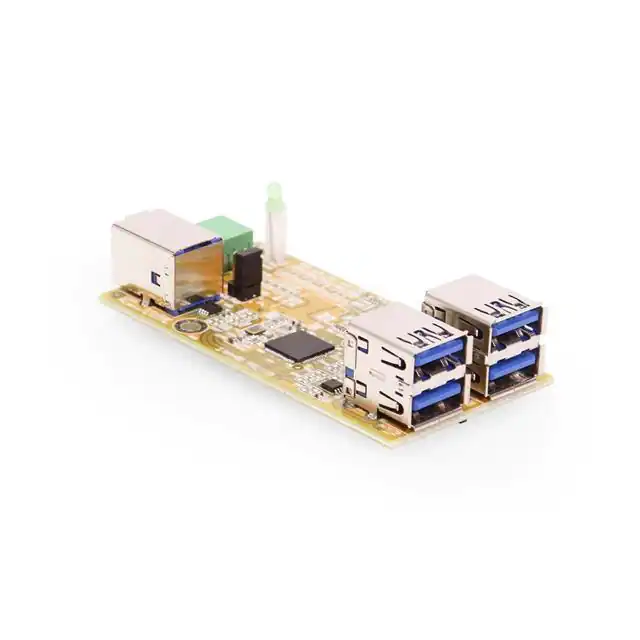Release Date: 02-23, 2024

When it comes to building your ideal computer workstation, there are several important factors to consider. From the choice of hardware components to the layout and ergonomics of your workspace, each decision can significantly impact your productivity and comfort. In this article, we will discuss five essential tips to help you assemble the perfect computer setup tailored to your needs.
Prior to diving into the world of computer components, it's crucial to determine your specific requirements and set a realistic budget. Consider the type of tasks you will be performing, such as graphic design, video editing, gaming, or general office work. This will help you determine the necessary performance, storage, and graphic capabilities of your workstation.
The processor and graphics card are two critical components that directly impact your computer's performance. Opt for a powerful CPU with multiple cores and high clock speeds to handle demanding tasks smoothly. Additionally, select a graphics card that matches your needs, ensuring smooth rendering and display of graphics-intensive work, if applicable.
Having adequate RAM and storage is paramount for a smooth and efficient workflow. Choose sufficient RAM capacity, typically at least 8GB, to ensure responsive multitasking. In terms of storage, consider a combination of fast solid-state drives (SSDs) for your operating system and frequently accessed data, along with larger hard disk drives (HDDs) for long-term storage.
The quality of your display and its ergonomic setup greatly impact your comfort and visual experience. Opt for a high-resolution monitor with accurate color reproduction and adjustable stand or mount to achieve the ideal viewing angle. Additionally, invest in an ergonomic chair, keyboard, and mouse to prevent strain and minimize the risk of repetitive strain injuries (RSIs).
Future-proofing your workstation is essential to avoid frequent upgrades and unnecessary expenses. Choose a motherboard with expansion slots and ample USB ports to accommodate future hardware additions. Additionally, consider the need for extra storage, compatibility with emerging technologies, and the potential for upgradability when selecting your components.
In conclusion, assembling the ideal computer setup involves careful consideration of your requirements, budget, hardware components, display setup, and ergonomics. By following these tips, you can create a workstation that not only meets your current needs but also provides room for future growth and enhances your productivity and comfort.